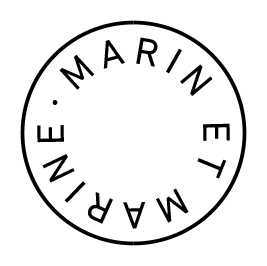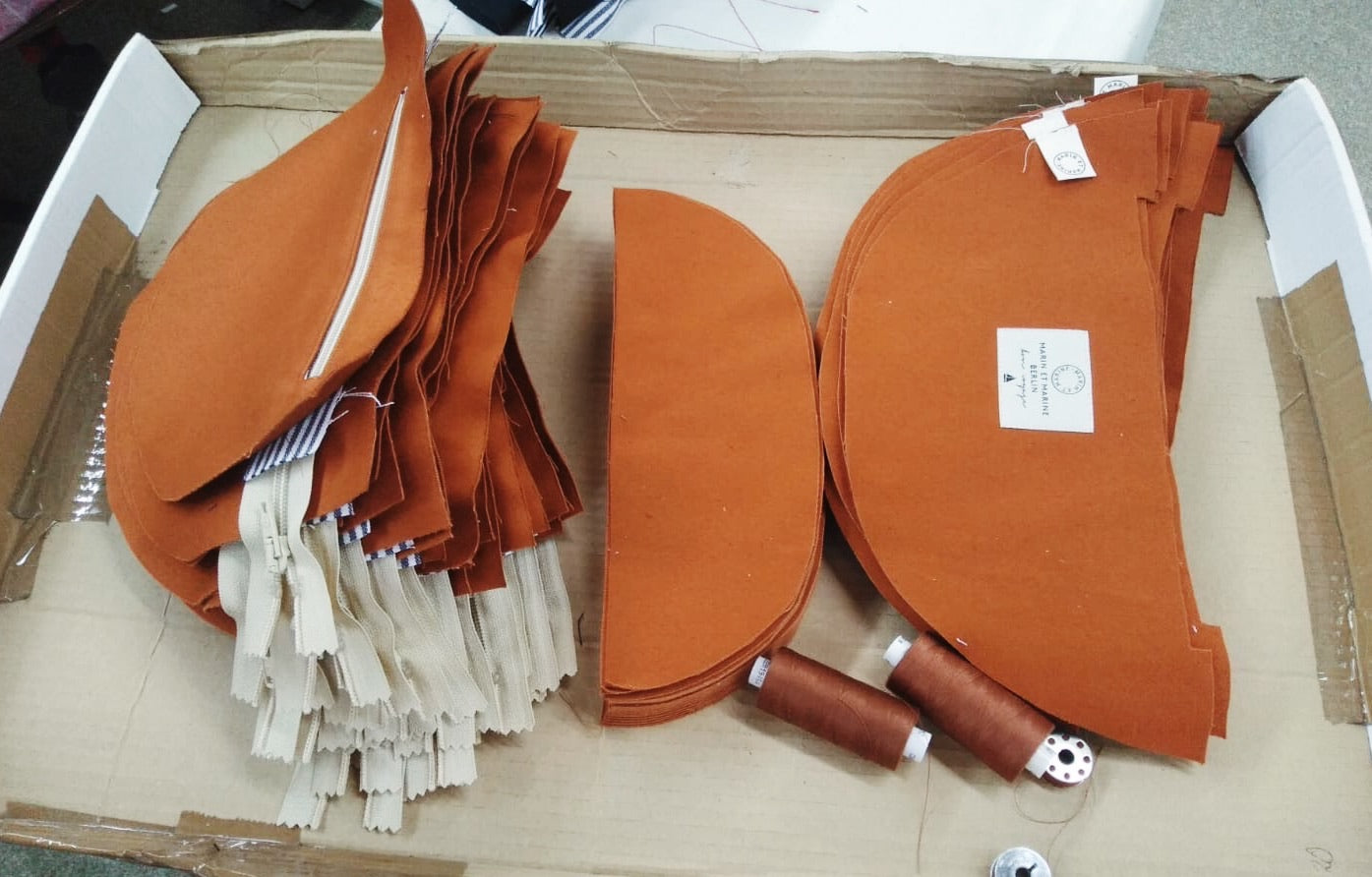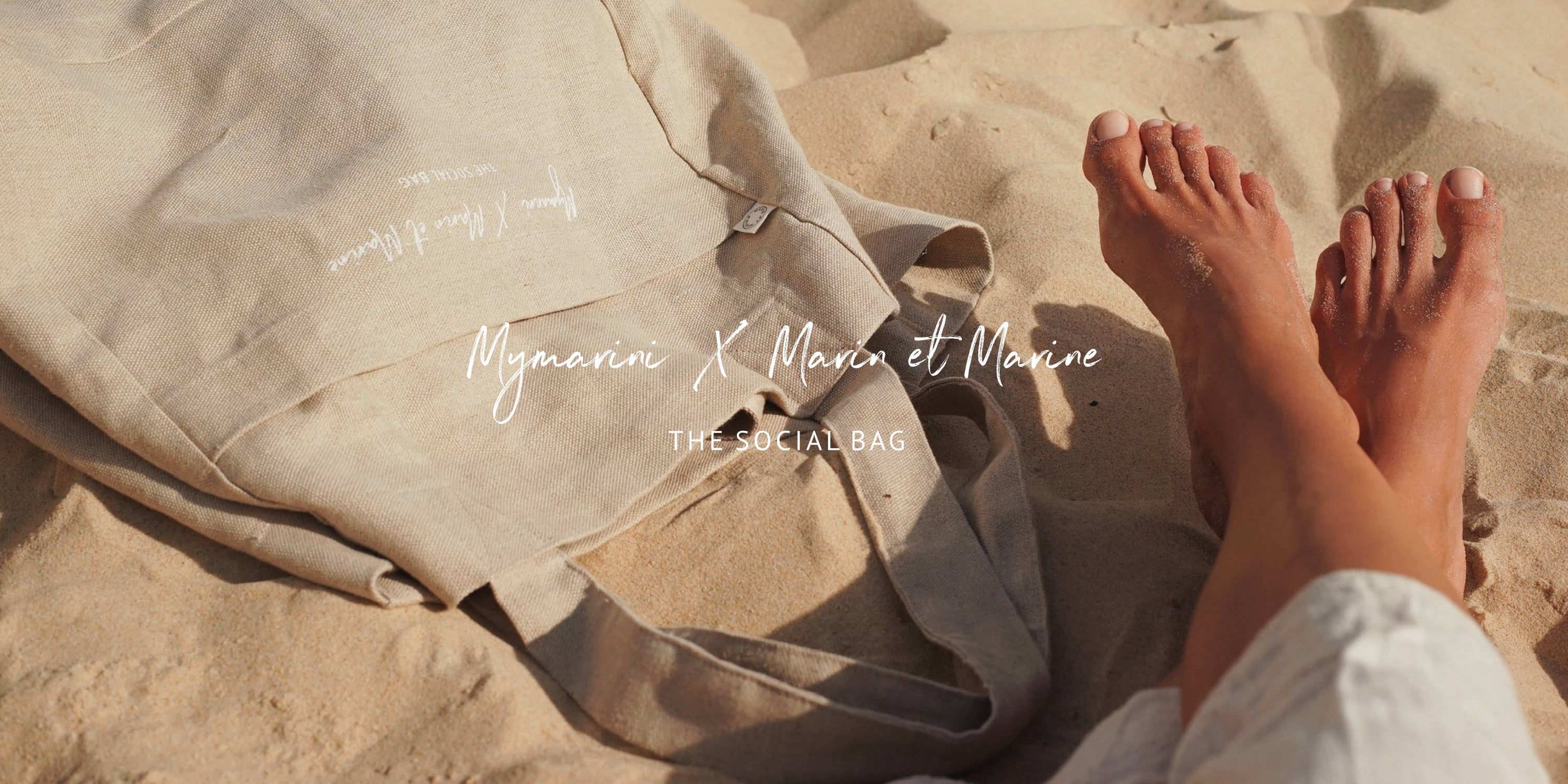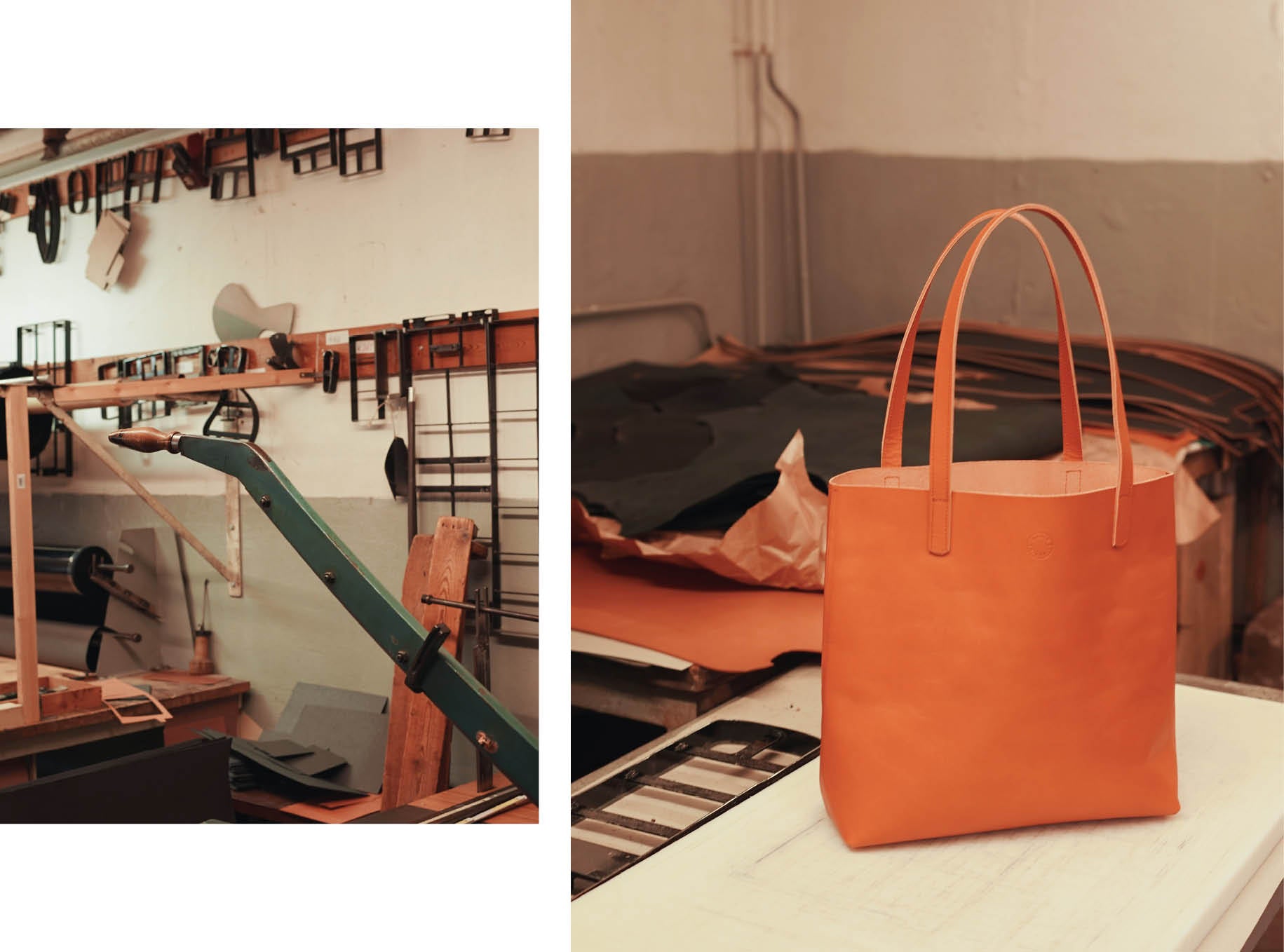
How we turned everything upside down
This year has been a challenging year for everyone. In times like these, you look even more for meaning and whether what you do offers added value or not.
At least we have examined these questions and turned a few things on their head again.
“Make the best product, have as little impact on the environment as possible and inspire others to follow your example to find solutions to the current environmental crisis.” Patagonia founder Yvon Chouinard
We were inspired by our friend Mareen from MYMARINI, who recommended the philosophy of Patagonia founder Yvon Chouinard to us. You have a responsibility as a company not to try to be something you are not and to question what effects the production of your own products actually has. For us, this led us to ask questions and clean up the supply chains.


We started with our weaving mill. There are very few weaving mills left in Germany - so we are proud to work with one of the few. The traditional weaving mill with an attached dyeing factory has been using cotton from certified organic farming (kBA) for 25 years and is certified according to the Global Organic Textile Standard. For the first time we have for our own Collections have fabric rolls made in larger quantities in our colors. Only after a certain purchase quantity can you express additional wishes and have the colors specially mixed in order to have the 100% kBA cotton and the 100% linen finished with an extra sevophobic finish. This means having them waterproofed.
The second step was about the supply chains of the leather industry. If you ask the tanneries, there is a lot of ignorance about how the animals were raised and how they are ultimately processed into leather. No meaningful answers can be found. Inspired by the Canadian founder of Patagonia, we got behind it and called each other bit by bit until we found what we were looking for.
Our leather factory in Brandenburg finally gave us the crucial tip to work with a family-run tannery from southern Germany. On request, this tanns cattle hides that come exclusively from species-appropriate, organic farming, i.e. from controlled organic farms in southern Germany. And this is not just about the feed that the animals receive, the feed consists of hay and grass, grass silage and, as a supplement, grain meal, but the certified farmers keep the animals under particularly strict requirements. The lying area is strewn with straw and there must be twice as much space as in conventional stables. The Summer They graze in the pasture. Therefore, the natural leather may ultimately have characteristics. This is not a defect or error, but from the marks on the leather you can simply see that the animals have spent almost the whole year outside.
The small business shows that consideration for the dignity of animals can be profitable. They charge customers a small additional fee for species-appropriate husbandry and gentle slaughter are willing to pay because more and more people want to eat meat with a clear conscience. Everything is really recycled and the hides are then processed into leather at the tannery a few places away. 
The natural leather is tanned purely using tannins that are obtained from plants such as bark, wood, seeds or plants. The beautiful chestnut brown cognac tone and the natural leather are only greased and left natural. Black is barrel dyed and then greased. This gentle processing preserves the natural surface structure. The handle remains supple, the leather is extremely stable and thick and yet beautifully soft. This natural leather is therefore considered a valuable rarity. It's about the beauty of the leather, which doesn't require much "doing".
The vegetable-tanned leather develops a beautiful patina over time, a process that takes place very gently and gives the leather bag life and character.










